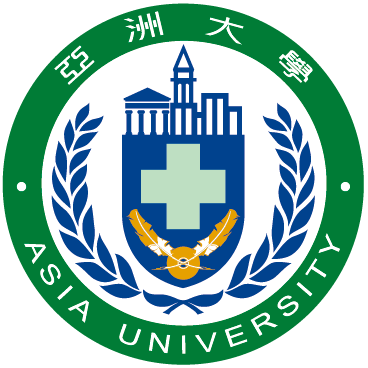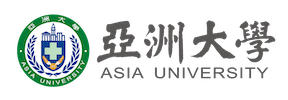|
|
Room Building, Business Department, and Fashion Department hold PBL 4.0 seminar
Dr. Huang Wei from the Industrial Research Institute, Vice Chairman Hou Shaohong of Nanliang Group, and Chairman Li Wenqi of Taichung City Interior Design Association shared their experiences!
Asia University, Taiwan's Department of Business, Fashion, and Department of the Department held a joint presentation on October 24th. PBL 4.0 Problem-based learning (PBL), invited industrial technology research institute/industry service Dr. Huang Wei, from the Center for Design Innovation and Value-Added/Emotional Design Technology, gave a lecture on “Exoskeleton Robot Sensitive Design” and Hou Shaohong, Vice-President of Nanliang Group Zhongliang Technology Co., Ltd., “The Impact of Global Warming on the Clothing Industry”, and Chairman Li Wenqi, Director of the Interior Design and Decoration Business Association of Taichung City, gave a lecture on "Between the Light and the Sea" and shared their experiences and experiences in their respective fields.
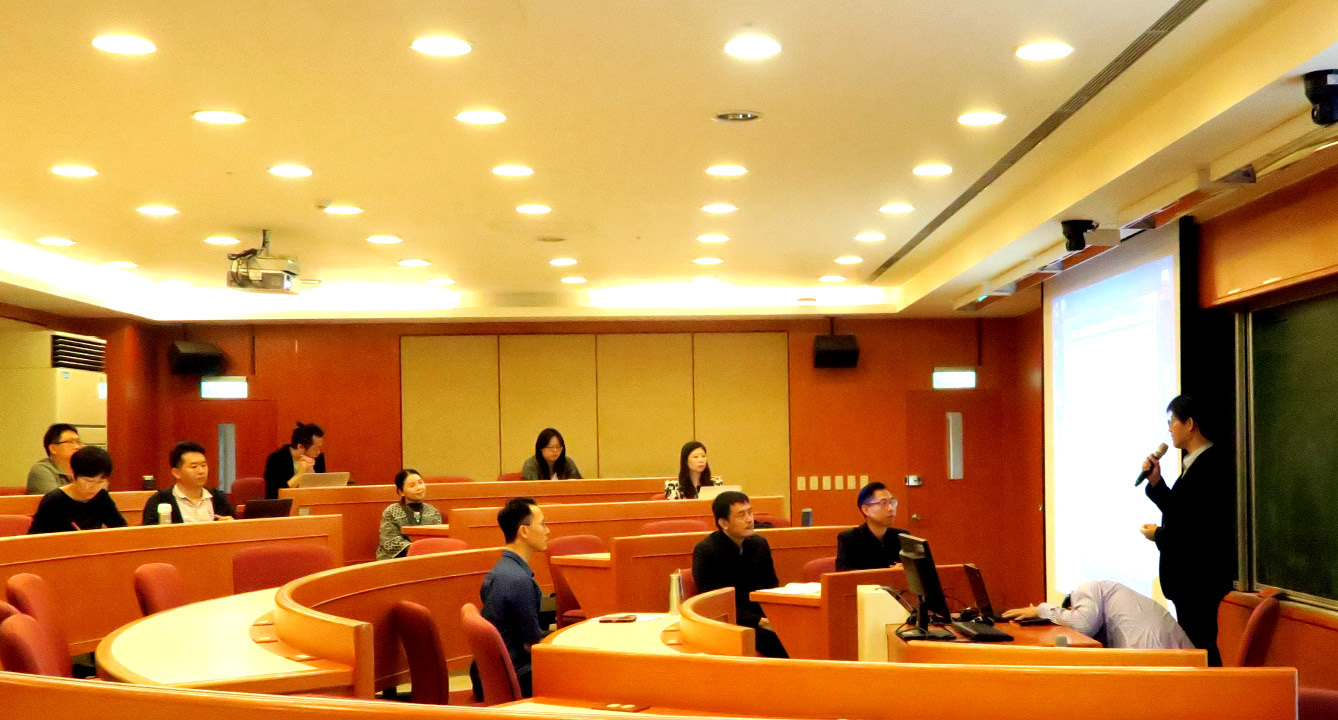
Dean Lu Dingbang of the University of Alberta Design Institute introduced the current promotion of PBL
"By continuous interviews and observations, we can find that they prefer functionality and find solutions!" Dr. Huang said that the exoskeleton robot's perceptual design is currently being studied, mainly for patients with lower body injuries, such as joint and muscle degeneration. Central system damage, and spinal cord injury. Through PBL, patients can be found to need assistive devices to help them take care of themselves or to be free to go outdoors. This discovery can correspond to Maslow's theory of hierarchy of needs. (Maslow's hierarchy of needs)To meet the most basic needs of life is more important than appearance.
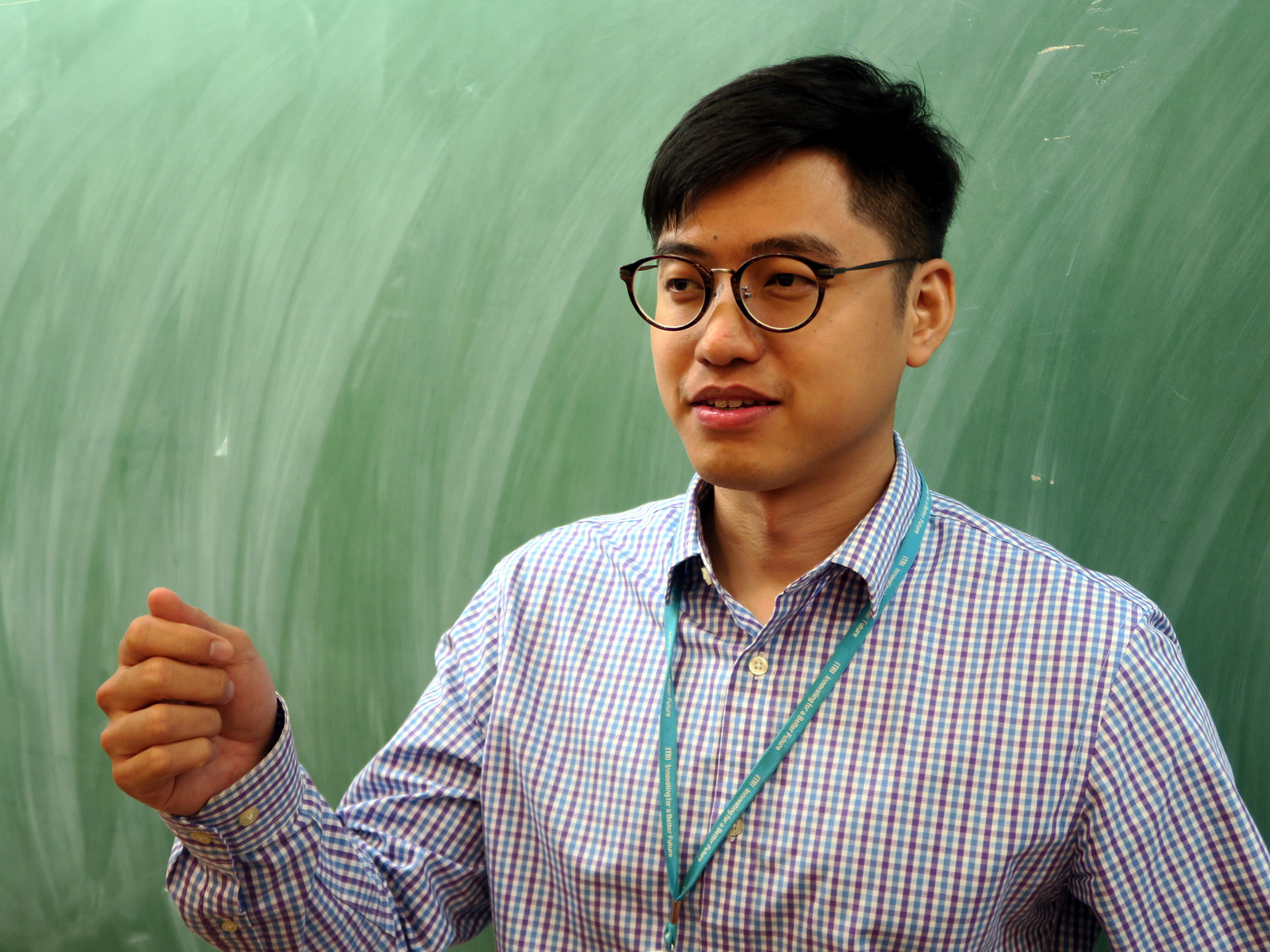
Dr. Huang Wei from the Industrial Research Institute shared the "exotic design of exoskeleton robots"
"In order to catch up with the epidemic, human beings produce 250 tons of garbage every year, which can be reformed from raw material sources, which is both popular and waste-reducing!" Hou Shaohong said that organic fiber raw materials are natural farming (such as cotton and bamboo fiber). Etc.), livestock methods (such as wool, silk, etc.), almost no use of chemicals, can reduce pollution of the land, but also reduce damage to the human body and water, and even affect climate change. Italy's textile industry is very top-notch, and has a very independent idea of materials, so it can be at the cutting edge of fashion.
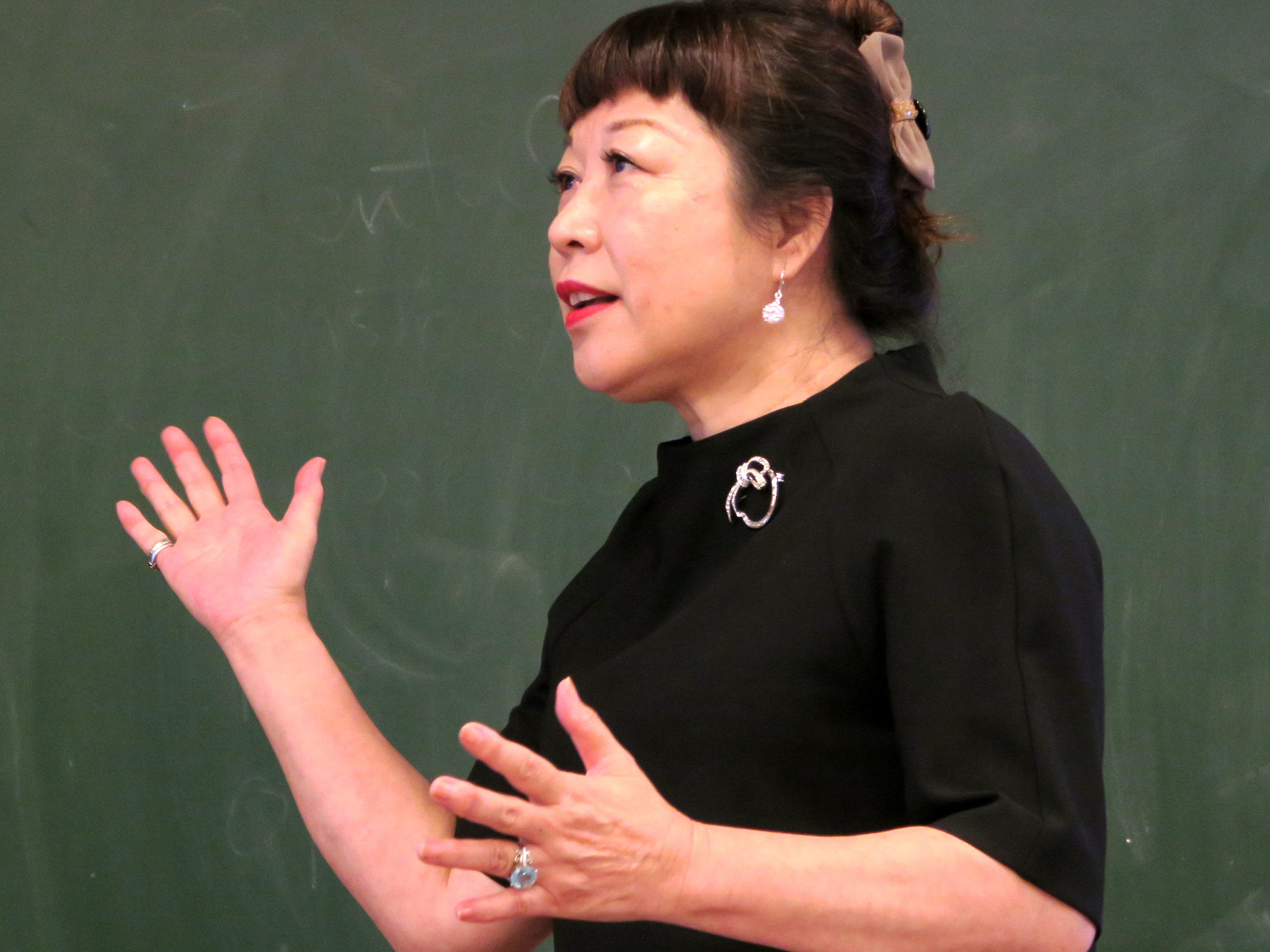
Associate Professor Hou Shaohong of Nanliang Group shared "The Impact of Global Warming on the Clothing Industry"
"The most on the road in Taiwan is the telephone pole. Since it can't be removed, it creates a sense of harmony!" said Li Wenqi, the director of the company, after all, so many poles are considered a feature of Taiwan, and you don't need to hide it deliberately. Respect the existing history. Looking at it from different angles may reveal that he is useful on the other hand. The combination of the natural environment and the real space, and then the creation of the spatial beauty and coordination of the scale, is the design path that interior designers insist on and pursue in each case.

Chairman of the Taichung City Interior Design Association, Li Wenqi, shared the "between the seams"
"The School of Design is currently fully integrating the introduction of PBL into the curriculum, and more needs the experience of the industry to increase the design paradigm!" said Mr. Long Xiwen, the business department of the seminar, who said that it is very difficult to have the opportunity to listen to the same time. Designers from different fields, presenting and solving problems in three different fields! Although design itself is a solution to the problem, it still requires a lot of experience to make a better design.
"Design is not just a beautiful package. It should solve the problem and let the design integrate into the environment!" After listening to the three lectures, the business department junior, Huang Shihan, said that he was honored to participate in the PBL seminar and heard the lectures of the three lecturers. Sharing, I feel that I have benefited a lot. In the future, when designing, I will think more and face the essence of the problem, and will not sneak or hide the problem.
The dean of the School of Design, Lu Dingbang, finally responded that the current design of the PBL, the student's work, has been able to enhance the ability of independent thinking through communication and interaction. Design is to solve a variety of problems. And the same problem, the solution by different designers, is not the same. The three industry experts invited by this seminar are also able to find solutions through discussions and reflections on practical issues.
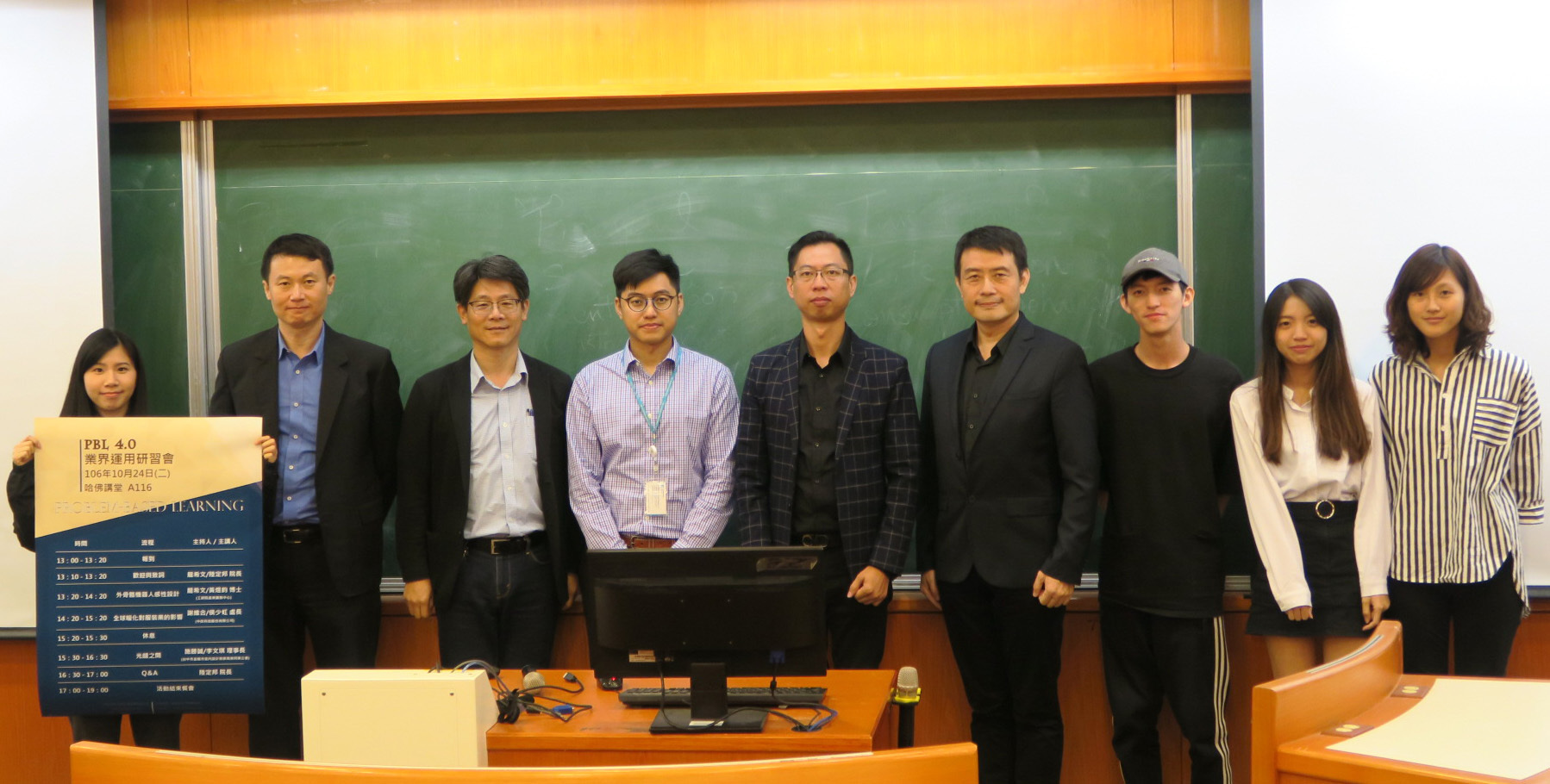
Dean Lu Dingbang (third from left) with the seminar speakers and staff
